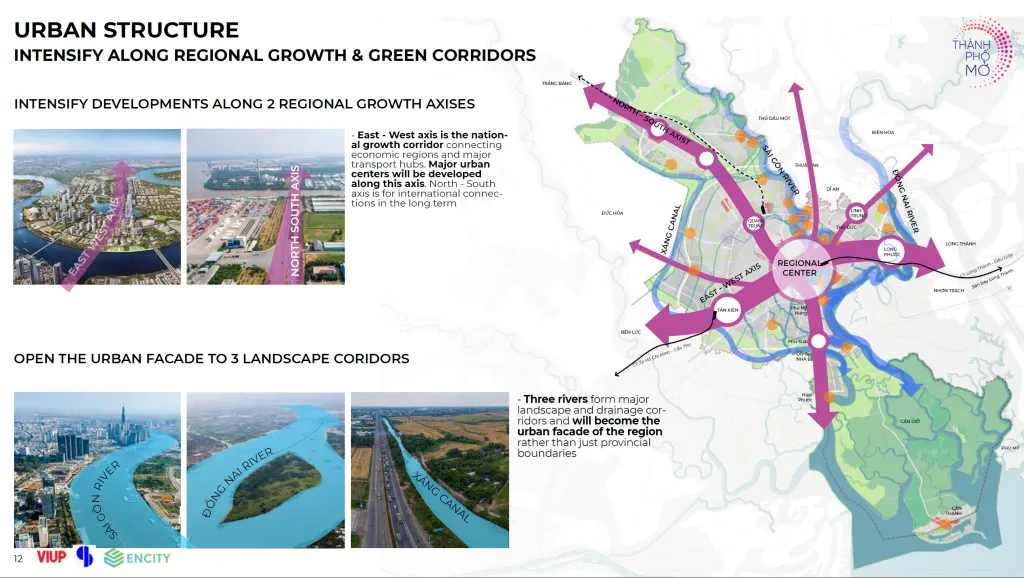In a significant stride towards sustainable maritime operations, a recent study has outlined a viable path for ports to transition into green energy hubs. The research, led by Gia Huy Dinh from the Institute of Postgraduate Education at Ho Chi Minh City University of Transport, focuses on Thi Nai Port in Vietnam, offering a blueprint that could resonate with mid-sized ports across Southeast Asia.
The study, published in the International Journal of Renewable Energy Development (translated from Vietnamese as ‘International Journal for the Development of Renewable Energy’), employs HOMER Pro software to evaluate a Hybrid Renewable Energy System (HRES). This system integrates solar photovoltaics, wind turbines, a biogas generator, and advanced battery storage to minimize reliance on fossil fuels.
Dinh’s research highlights a optimal configuration comprising a 6,175-kW photovoltaic array, a 500-kW biogas generator, and a 2,357-kW converter. This setup achieves a net present cost of $44.6 million and a levelized cost of energy of $0.394 per kWh. Notably, renewable sources account for 100% of the installed and operational capacity, slashing annual carbon dioxide emissions to a mere 1,286 kg.
The economic viability of this transition is underscored by a payback period of eight to ten years, making it an attractive proposition for port operators. “Hybrid renewable solutions can deliver competitive economic returns while providing substantial environmental benefits,” Dinh asserts.
For maritime professionals, the implications are profound. Ports, as critical nodes in global logistics, can significantly reduce their carbon footprint by adopting such renewable energy systems. This transition not only aligns with global decarbonization efforts but also presents commercial opportunities. Ports can position themselves as leaders in sustainability, potentially attracting environmentally conscious clients and securing long-term contracts.
Moreover, the scalability of this model means that other mid-sized ports can replicate the framework, fostering a ripple effect across the region. As Dinh notes, “The study portrays Thi Nai Port as a scalable paradigm for green port transformation, offering a repeatable framework for other mid-sized ports in Southeast Asia pursuing sustainable energy solutions.”
In essence, this research provides a practical, economically sound strategy for ports to embrace renewable energy, balancing environmental stewardship with commercial acumen. As the maritime industry grapples with the imperative to reduce greenhouse gas emissions, such innovations offer a beacon of hope and a tangible path forward.

